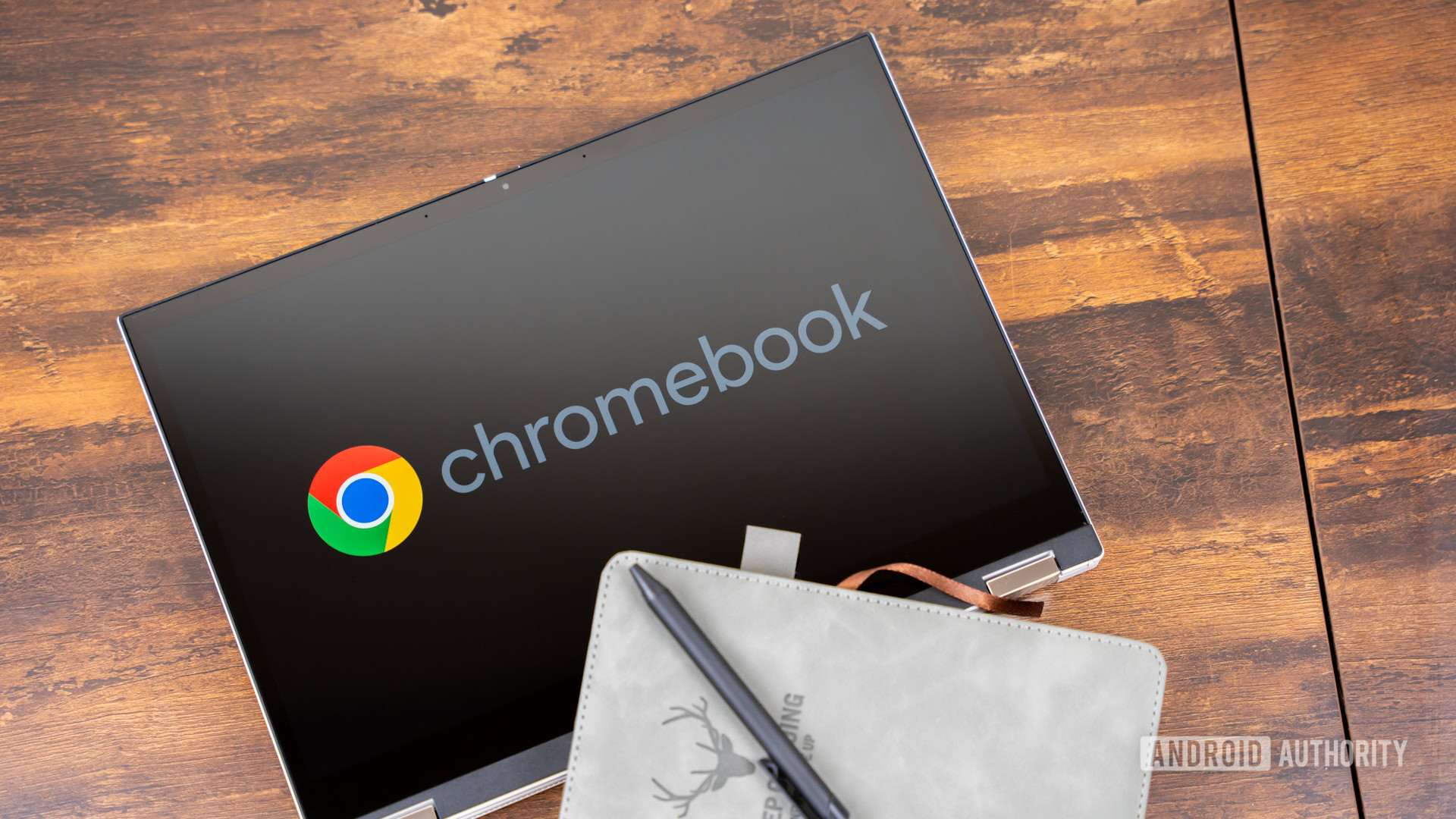Will my Debian .deb installer for “YouTube-Downloader” run on a Chromebook?
Short answer: Yes, ChromeOS can install and run Debian .deb packages — but only if the Chromebook has Linux (Crostini) enabled and the CPU architecture matches what you built for.
1) ChromeOS + Linux (Crostini) basics
- Modern Chromebooks support a feature called Linux (Beta) / Crostini, which provides a Debian-based Linux container.
- Inside this container, you can use
apt, install.debpackages, and run GUI apps (e.g., Tkinter).
2) Installing the .deb on ChromeOS
Once Linux is enabled, there are two easy ways to install a .deb:
- Files app: put the
.debin Linux files and double-click it to launch the installer. - Terminal:
sudo dpkg -i youtube-downloader_1.0.0.deb
sudo apt-get -f install # fixes any missing dependencies
If your package depends only on common Debian/Mint/Ubuntu packages (e.g., python3, python3-tk, ffmpeg), it should install cleanly.
3) Compatibility caveats (important)
- Architecture: Many Chromebooks are Intel/AMD (
x86_64) and will work with a Mint-built.deb. Some are ARM (aarch64orarmv7l). For ARM devices, you must rebuild your package for ARM. - UI: Tkinter GUIs run fine in Crostini as long as Linux GUI integration is enabled.
- Performance: Lower-end Chromebooks may be slower when downloading/merging large videos.
4) Quick checks your friend can do on the Chromebook
A) Is Linux available?
- Click the time (bottom-right) → Settings.
- Open Developers in the sidebar.
- If you see Linux development environment (or Linux), click Turn On to install it.
- If it isn’t there, the model likely doesn’t support Linux (or it’s disabled by policy).
B) What CPU architecture?
In the Linux Terminal:
uname -m
x86_64→ Intel/AMD (your existing.deblikely works)aarch64/armv7l→ ARM (need an ARM build or use the plain Python script)
C) Which Debian version?
cat /etc/os-release
This confirms the Debian release in Crostini (usually Debian 11 or newer) and helps with dependency expectations.
One-liner to report architecture & Debian in one go
echo "ARCH: $(uname -m)"; echo "OS:"; cat /etc/os-release | egrep '^(NAME|VERSION)='
5) Will the .desktop launcher and icons work?
- .desktop files installed to
/usr/share/applications/(system-wide) or~/.local/share/applications/(per-user) are picked up by the ChromeOS launcher. After first launch, the user can pin the app to the shelf. - Icons from the standard hicolor paths (e.g.,
/usr/share/icons/hicolor/256x256/apps/<your-icon.png>) typically appear correctly. If not visible immediately, restarting the Linux container (or Chromebook) usually fixes it. - Your WM_CLASS / taskbar tweaks for Tkinter (to avoid generic or duplicate icons) apply in Crostini as well, so windows should show the correct icon.
- Some system-level integrations (like auto-start without user consent) are restricted on ChromeOS, but launchers and icons behave as expected.
Bottom line
If the Chromebook is x86_64 and has Linux (Crostini) enabled, your .deb should install and run much like on Mint — with the launcher entry and icon showing up normally. If it’s ARM or lacks Linux support, you’ll need either an ARM build or to provide the plain Python script instead of a .deb.
Optional next step: If we find out it’s ARM, I can provide a concise guide to rebuild the package for ARM when you’re ready.
